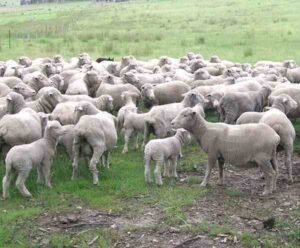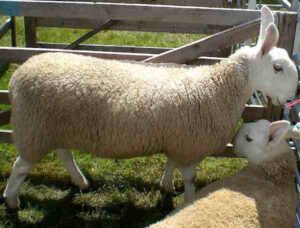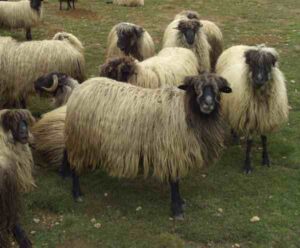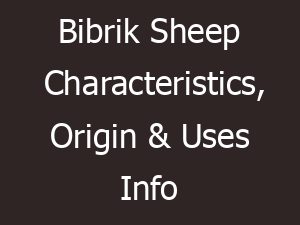The Galician sheep or Ovella galega is a breed of domestic sheep from Spain. It is of Galician origin that belongs to the branch of producers of the inter fina, whose binomial name is the Ovis aries celtibericus. Total population of this breed was very less, but the number in Galicia has improved notably in the last few years.
Total number of these animals was 4548 in 2012, and was distributed in 110 farms. Among those animals, 3862 was ewes and 686 was rams. Today the breed is only exists in smaller, isolated communities throughout the Galicia region. But they were once found across Galicia.
Currently the biggest concentration is located in Ourense, Spain (south of Lugo and the west of Pontevedra). Read some more information about this sheep breed below.
Galician Sheep Characteristics
The Galician sheep are relatively smaller sized animals. Their coat is either all white or black in color. The ewes have smaller horns and those are generally diminutive if they exist at all.
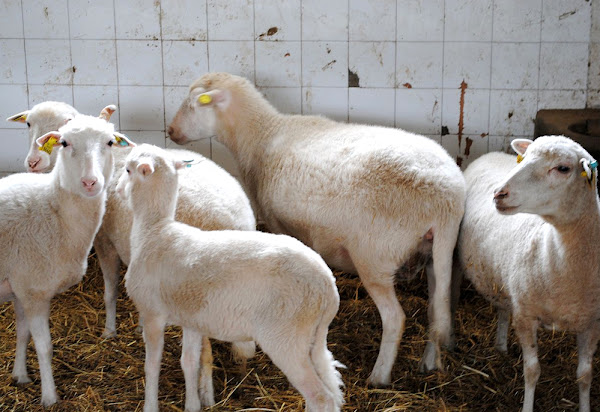
While the rams have relatively large horns, in the form of double-spirals. There are two separate ecotypes, Montaña, of the ‘high areas’ as well as Mariñano of the ‘low areas’.
The first ecotype, native to higher altitudes, usually features smaller sheep, at around 20-35 kg for ewes and 35-45 for rams. And the second ecotype usually feature heavier sheep, at around 50-70 kg in rams and around 35-40 kg for ewes. Photo and info from Wikipedia.
Uses
The Galician sheep are dual-purpose animals. They are used for both milk and meat production.
Special Notes
The Galician sheep are strong animals. They are well adapted to their local climates and do well there. They are raised for both meat and milk production in their native region. And total population is increasing gradually. However, review full breed profile of the Galician sheep in the following chart.
| Breed Name | Galician |
| Other Name | Ovella Galega |
| Breed Purpose | Meat and milk |
| Special Notes | Very hardy animals, especially well adapted to local climates, raised and good for both meat and milk production, total population is increasing gradually |
| Breed Size | Small |
| Weight | Can vary from 20 to 70 kg depending on the ecotype |
| Horns | Yes |
| Climate Tolerance | Native climates |
| Color | White or black |
| Rarity | Common |
| Country/Place of Origin | Spain |
